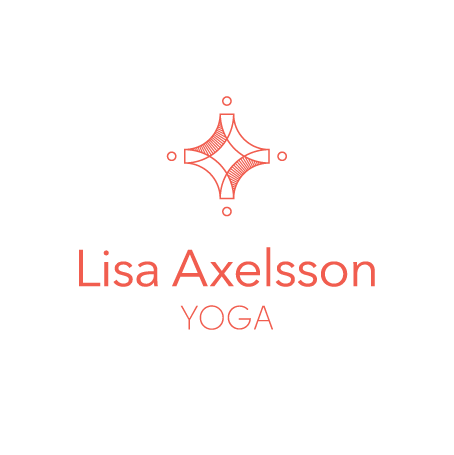Downward dog is probably one of the most well known yoga poses, which even if you have never been to a yoga class you have probably heard of. When you begin practicing yoga, downward dog can be a little bit like torture, but the more you practice, the more comfortable it will feel and it will become more of a resting pose than an active pose. I LOVE this pose and cannot get enough of it at the moment. It makes me body feel sooo good, that sometimes I want to spend my whole practice just breathing in downward dog.
But why exactly does Downward Dog feel SO good?
- Downward Dog elongates and lengthens the back - a stretch so crucial in our modern sedentary lifestyle. The pose greatly helps to decrease back pain by strengthening the entire back and shoulder girdle and elongating shoulders and shoulder blade area.
- Downward Dog is also a mild inversion which means it helps improve circulation therefore flushing toxins, regulating blood pressure, and boosting immune health.
- The pose also stretches the hamstrings, toes, calves and arches, and feet- and keep wrists strong and supple.
- Downward dog promotes upper body & core strength; and also strengthens bone density and helps to prevent osteoporosis.
- The pose is energizing: according to B.K.S. Iyengar, a mere minute in this pose will “bring back lost energy for runners after a hard race”. This works equally well for anybody just tired after a long day :-)
- Downward dog focuses the extension of the cervical spine and neck, releasing compression and stress on the entire spine. If you’re able to shake your head gently yet loosely to the left, right, and up and down during this pose, you’ll be tapping into the anxiety-relieving muscle and mind benefits of the pose.
Downward Dog How to:
- Come onto the floor on your hands and knees. Set your knees directly below your hips and your hands slightly forward of your shoulders. Spread your palms, index fingers parallel or slightly turned out, and turn your toes under.
- Exhale and lift your knees away from the floor. At first you can keep the knees slightly bent and the heels lifted away from the floor to be able to really lengthen your spine and lift your sitting bones toward the ceiling.
- Once you feel the length in the spine you can begin to straighten the legs (as long as you can keep the length in the spine whilst doing so, otherwise keep legs bent for now) and take the heels down towards the floor - they may not touch yet but keep at it! Don't let your knees lock. Roll the upper thighs inward slightly.
- Make sure your fingers are still spreading wide, pressing the base of all fingers actively into the mat. Firm your shoulder blades against your back, then widen them and draw them toward the tailbone. Keep the head between the upper arms; don’t let it hang.
Rememeber to always enjoy the pose, not pushing so much that it becomes uncomfortable. Keep breathing & keep smiling.
N.B. Downward dog is contraindicated for anybody with carpal tunnel syndrome, during late stages of pregnancy and for anybody with high blood pressure.

